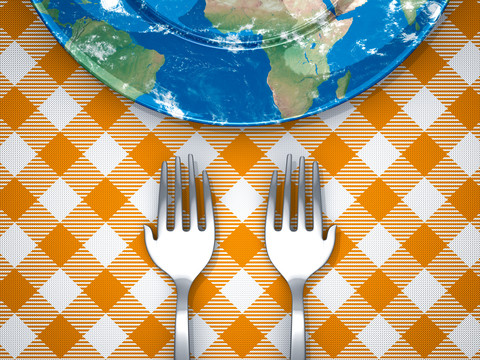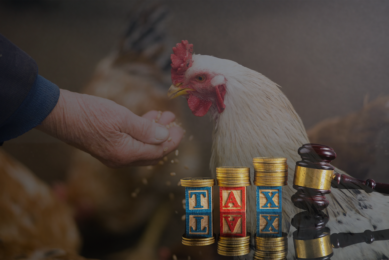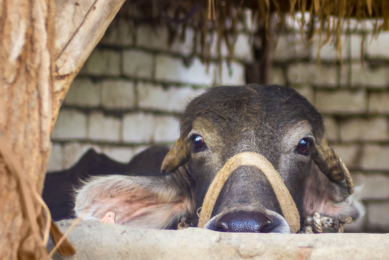Animal protein 2018: Growth and competition

Animal protein production is expanding around the world, and increasing competition is creating many areas of opportunity for both producers and processors.
This is according to RaboResearch’s Animal Protein Outlook for 2018. “Rabobank expects animal protein production to increase in all regions, with total production growth once again surpassing the ten-year average,” says Justin Sherrard, Global Strategist – Animal Protein at Rabobank. “This strong production increase is mainly being driven by Brazil, China, and the US.”
Growth for all species
Looking at production across species, beef joins pork as a strong contributor to global expansion. In 2018, global beef production is expected to expand for a 3rd consecutive year, and global pork production is expected to see another year of significant expansion. Poultry production is also expected to grow, but will be down slightly on 2017. In seafood, aquaculture continues to drive seafood supply growth. Sustainable growth in the seafood industry solely depends on aquaculture, although we expect the wild catch industry to recover after El Niño recedes in 2017. Zooming in, the salmon market is recovering, fishmeal prices will stabilise, and the shrimp industry is likely to continue growing.
Effect of trade policies
“The Rabobank trade scorecard for 2018 shows that many countries are looking to increase exports, and this will be a major part of the increased competition we expect in 2018”, according to Mr Sherrard. While specific trade outcomes will also reflect growing demand, access issues and policy decisions, Rabobank expects trade to represent an important area of both opportunity and uncertainty over the coming year. Uncertainty in 2018 will come from the heavy overlay of politics in trade policy, such as the NAFTA negotiation, Brexit and the US – China trade relationship, which is not new but does seem to have become more common, and from biosecurity issues, such as Avian Influenza, African Swine Fever and EHP (a fungal infection in shrimp), which again appear susceptible to political involvement. “Trade should be the top-of-mind issue for global animal protein as we head into a new year, and enhancing competitiveness is going to be critical for success.”

Supply chain cost management
Looking beyond markets and trade, Rabobank sees 4 other issues that will dominate the headlines for animal protein in 2018: increasing although uneven industry consolidation, the evolving retail landscape, alternative proteins, and technology. In food retail, the evolving landscape is 1 of more channels, more product options, and more velocity for instance due to blurring retail channels. This will bring new areas of opportunity, such as online fresh food sales in China, and generally bring opportunities to strong and agile animal protein supply chains. Alternative proteins will grow further from their small base and continue to capture consumer interest in innovative food. At the same time, the animal protein production chain, and especially aquaculture, will focus on alternative proteins as an innovative feed ingredient. When it comes to innovation, technology, and in particular data-driven technology, is starting to deliver value along the animal supply chain for instance by increased supply chain (cost) management. 2 important drivers behind the increase of technology are reducing the environmental footprint and addressing social concerns.
Source: Rabobank











